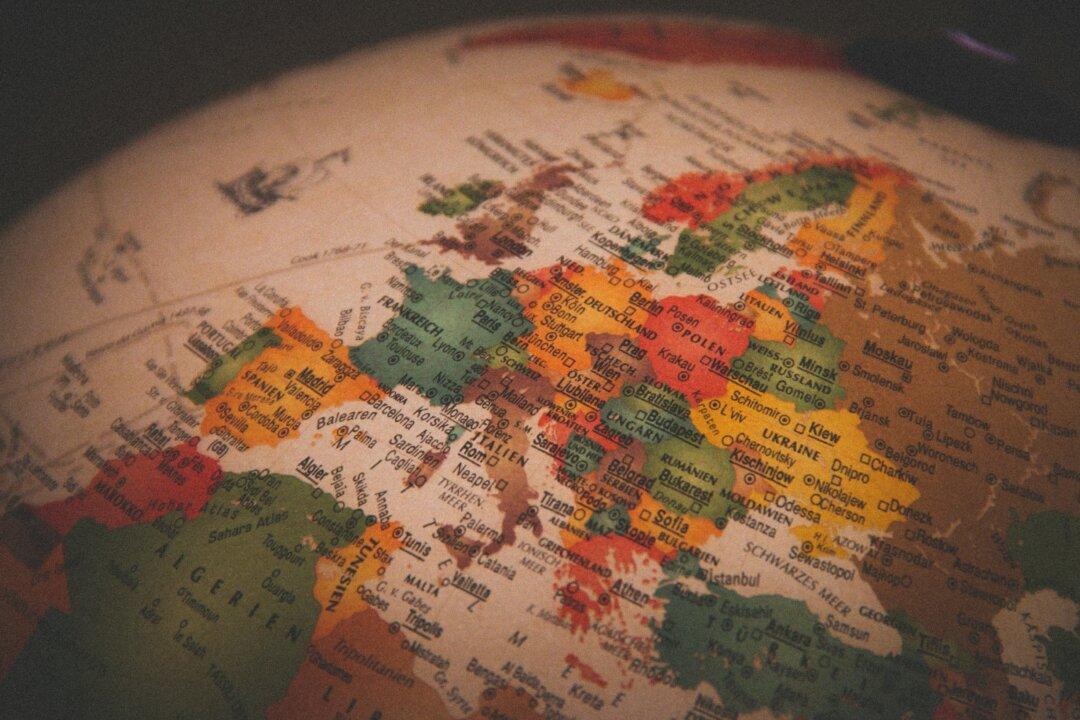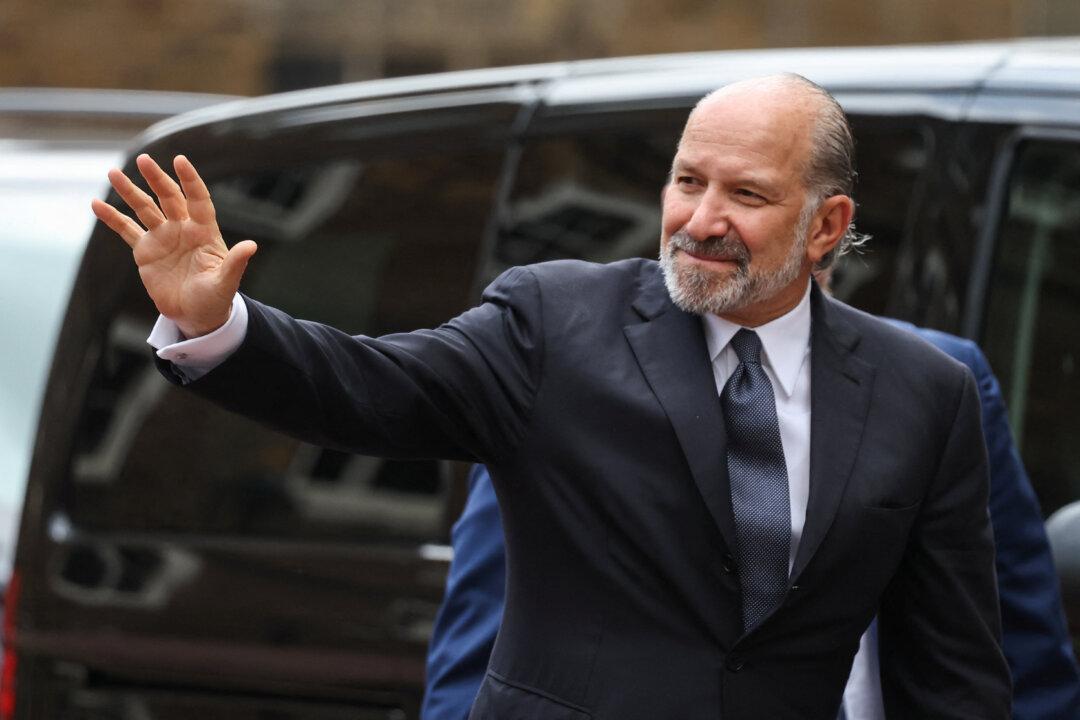Tactical Excellence and Strategic Timing
The strike followed a week of Israeli air assaults and was conducted based on meticulous planning. Seven B-2 Spirit stealth bombers launched from Whiteman Air Force Base in Missouri, flying an 18-hour mission to deliver 14 Massive Ordnance Penetrators, the U.S. military’s largest non-nuclear bombs, deep into hardened underground sites. More than 125 aircraft participated, supported by sea-launched Tomahawk cruise missiles targeting the Isfahan facilities. The operation employed deception—including sending decoy bombers west—to mislead Iranian defenses. Tehran’s air defense systems failed to detect the real threat, preserving the element of surprise.Notably, the strike was launched directly from U.S. territory rather than the nearer Diego Garcia base. Diplomatic sensitivities with Britain, reportedly reluctant to be implicated, influenced the decision—further underscoring the administration’s willingness to act unilaterally if necessary.
Fordow: A Mountain Fortress Breached
Fordow, Iran’s most secure nuclear site, lies 260 feet under a mountain and was once considered impervious to conventional strikes. The site housed advanced centrifuge cascades enriching uranium to near weapons-grade levels. The IAEA confirmed visible craters and above-ground damage; subsurface assessments remain incomplete. Iran claimed no radiation leaks occurred—a sign of a clean, surgical strike.Intelligence, Legality, and Congressional Debate
The administration made its case for the strike in clear, uncompromising terms: Waiting was no longer an option. Intelligence from multiple sources, including the IAEA, confirmed that Iran was approaching nuclear breakout—possibly within weeks—and had begun reconfiguring centrifuges at hardened sites like Fordow for rapid enrichment. It also has the delivery mechanism—ballistic missiles and an ICBM development program.Vice President JD Vance and Secretary of State Marco Rubio argued that a narrow window remained to act before the regime crossed a threshold that could ignite a regional arms race—or worse, a nuclear conflict. The White House maintains the president acted under his constitutional authority to protect national security, with post-action congressional notifications falling well within the War Powers Act framework. Officials emphasized that diplomacy had been attempted and off ramps offered, but Tehran refused to step back. The credibility of American deterrence, already tested by years of Iranian provocation, was on the line. “This was not preemptive,” Rubio stated. “It was overdue.”
Iran’s Response: Weak Retaliation, Strong Signal?
Iran’s retaliatory strike—a symbolic missile barrage at a U.S. base in Qatar—caused no casualties and was reportedly pre-warned, echoing the Soleimani aftermath under the previous Trump term. This restrained response suggests the regime has, at least for now, accepted the Trump administration’s offer of an “off ramp”: cease nuclear development and avoid escalation.But history warns us: Regimes like Tehran’s often use cease-fires to regroup. Their silence may mask an effort to buy time—hoping future U.S. leadership will reverse course, as occurred after 2020.
The current supreme leader, in his 80s and reportedly battling cancer, must choose—if he’s still in charge—between continuing a decades-long nuclear quest or preserving the regime through de-escalation, i.e., giving up its nuclear arms program completely. This dilemma echoes the 1988 cease-fire in the Iran–Iraq war, when Ayatollah Khomeini agreed to a cease-fire, calling it “like drinking a cup of poison,” but also perhaps preserving the regime.
A Regime in the Balance
Trump has most recently said he opposes regime change in Iran as he says it would bring “chaos.” But he has also at times hinted at wanting a regime change in Iran, in his usual manner of strategic uncertainty. In a Truth Social post, he mused that if Iran’s current rulers can’t restore the country’s greatness, maybe it’s time for new ones. Yet, he and other regional powers understand that regime collapse might invite chaos. A failed-state Iran—split among sects, militias, or warlords—could prove worse than the current threat.Israel, for its part, has openly called on the Iranian people to overthrow the regime. But such a movement has not materialized. The exiled crown prince remains a distant possibility, lacking grassroots momentum within Iran.
Global Reactions: CCP, Russia, and the Limits of Loyalty
The strike exposed the fragility of Iran’s alliances. China and Russia offered rhetorical support but no substantive help. Beijing, heavily dependent on Persian Gulf oil, likely warned Tehran not to escalate—lest it provoke a regional crisis that disrupts energy flows. The silence of the Chinese Communist Party (CCP) may be the most revealing indicator: When push came to shove, they prioritized access to oil over ideology.Deterrence and Credibility Restored
Critics long painted Trump as an isolationist. But that label increasingly rings hollow. As this episode makes clear, he is not anti-war—he is anti-failure. While past events such as the U.S. withdrawal from Afghanistan raised questions globally about America’s reliability, Operation Midnight Hammer seems to have shifted that perception. The clear, bold use of force—combined with strategic messaging and defined objectives—has restored a sense of deterrence and credibility. Allies and adversaries alike are now recalibrating, realizing the new reality that exists under this administration.What Comes Next
With Israel coming back to normalcy and regional actors hoping for de-escalation, the cease-fire may hold—for now. But much depends on what happens inside Iran’s opaque corridors of power.If the regime chooses to abandon its nuclear quest and accept Trump’s offer, a historic shift may occur. If not, the next chapter in the drama may unfold.
This is not just a test for Iran. It is a global test case—one that is also shaping how the CCP positions itself in the Indo-Pacific, how Russia calculates its next moves, and how the U.S. is viewed as a strategic power.
As ever with Trump, unpredictability is part of the strategy. But if the past weeks have shown anything, it’s that this administration means what it says on the strategic level, even as it obfuscates tactically, and that those who misjudge that may learn too late.
It remains to be seen whether the administration manages to continue to evaluate situations and adversaries correctly, and thus act effectively.







